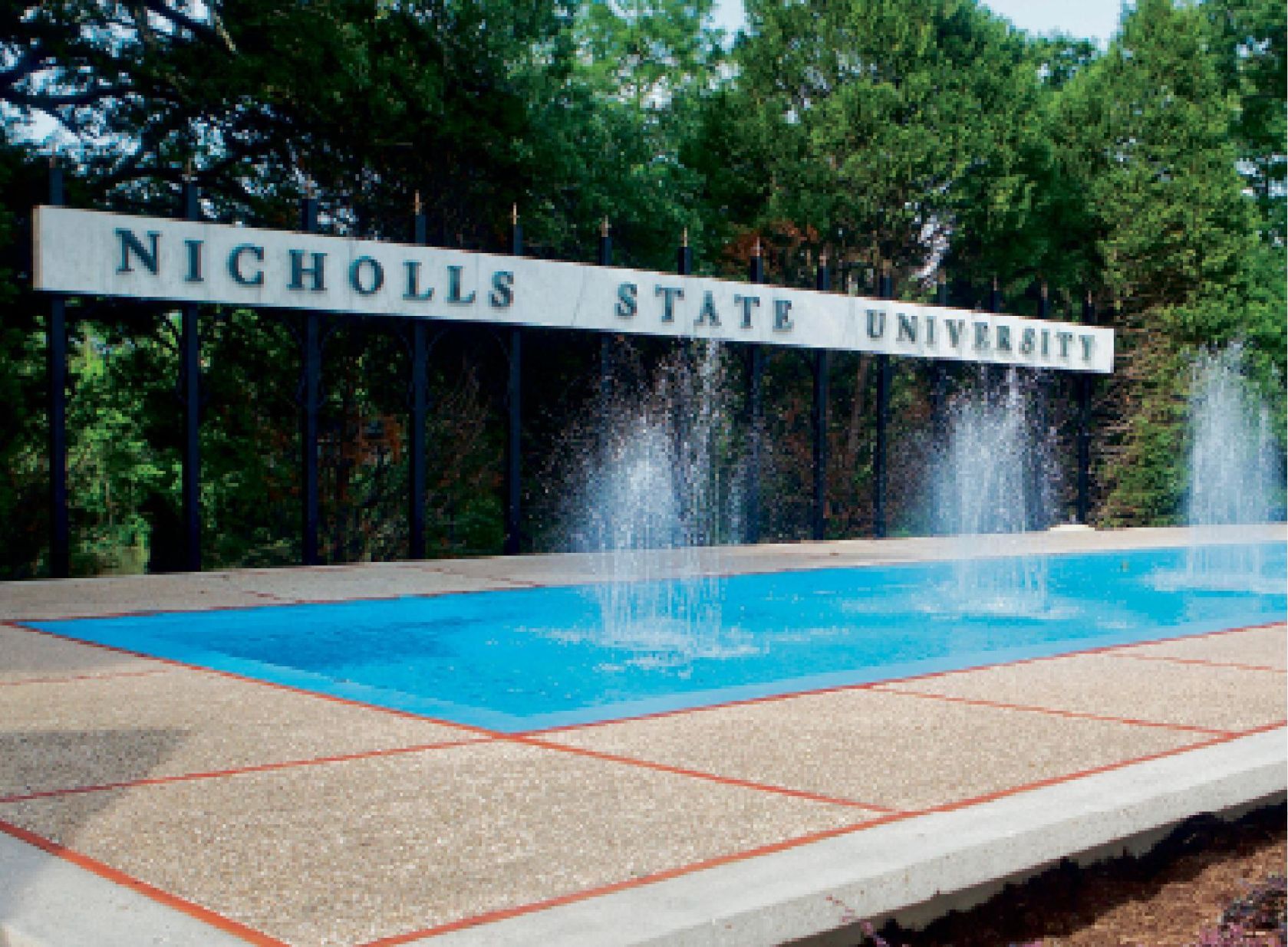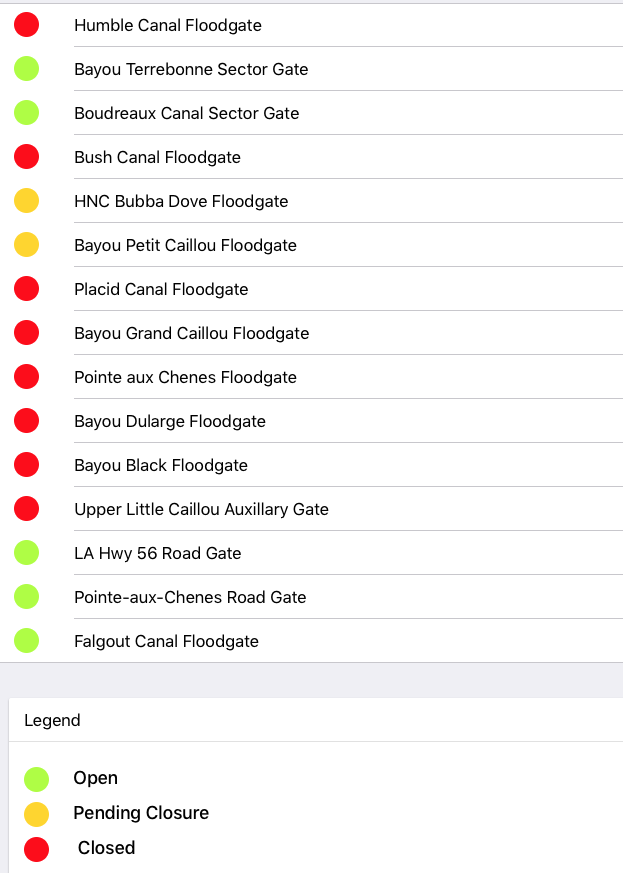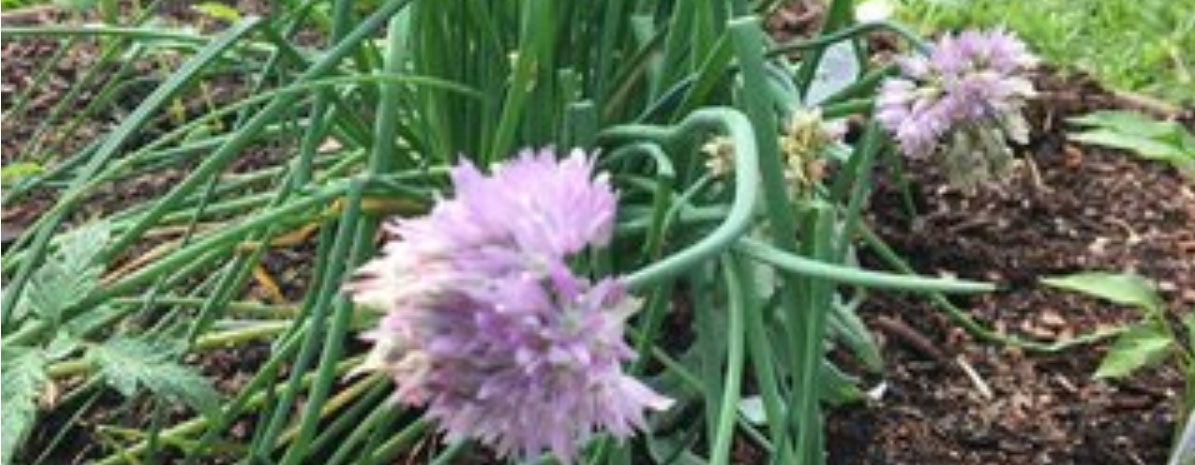
NICHOLLS EDUCATION PROGRAM RANKED NO. 45 IN TOP 50 SCHOOLS LIST
July 11, 2019
Monitor current flood gate closures in Terrebonne Parish online
July 11, 2019There’s a whole lot of mowing going on around town and all over the state this time of year.
Grasses thrive in this hot and humid weather. Drive anywhere, and you will see landscape crews and homeowners out on mowers and with weed whackers or string trimmers trying to tame the weeds and grass. All to start the cycle over again in a week’s time. It’s a daunting task at times. And I, for one, am thankful my husband handles that duty and leaves me to tend the garden and bedding plants.
Why not reduce the amount of time you spend manicuring your turfgrass and lawn and consider putting in plants that yield a return for all that hard work? Don’t get me wrong. I love a nicely manicured lawn, but I also love and embrace the idea of minimizing the inputs while maximizing the outputs. It brings to mind that saying: Work smarter, not harder. A great way to minimize your landscape inputs while maximizing your garden’s outputs is to use plants that are edible. Many fruit and vegetable plants not only provide food but are also very beautiful. When you garden this way, your yard becomes twice as valuable by adding beauty while putting food on the table too. Edible plants can be just as attractive with blooms that later yield fruit. Many edible tubers, such as sweet potatoes, have beautiful foliage that have been bred to be used as an ornamental.
Edible landscapes give you many benefits. You can save money on groceries by growing your own food. You’ll also save money in water and fuel costs when you reduce the amount of turf areas in your yard. Lawns require large amounts of supplemental water when there is no rain, and the mowing has to be kept up. You can also enjoy homegrown flavor. And because you tend your garden, you know for certain which chemicals have been applied and when they were used. That gives you the ability to make wise decisions when using pesticides.
Additionally, it helps the environment. When you grow your own food, you eliminate the need to ship from the farm to the grocery. And if you garden organically, you can take it one step further. By growing native plants, you’ll also support the environment and native insects and wildlife that are integral to the ecosystem. I, for one, love watching birds. Many foods that are edible to us are just as loved by the local wildlife as well.
Some things to consider are that fruits and vegetables require six to eight hours of sun to produce well. Some native plants will be more tolerant of some shade, along with plants that have edible leaves such as lettuce and kale. So consider these types of plants when your area is more shaded. Dwarf yaupon holly is a native shrub that has leaves and stems that can be brewed to make a tea that has a higher caffeine content than both coffee and green tea from Camellia sinensis. Both yaupon and tea are edible shrubs that tolerate shade. Yaupon holly (Ilex vomitoria) has red berries that birds just love and are a great selection for decorating in the wintertime.
Be sure you think about the mature size of the plants you select. Trees will require much more room and may need watering when rain is scarce. Some trees to consider for Louisiana are figs, persimmons, pecans, satsumas, mayhaws, pawpaws, date palms, olives, pomegranates, lemons, kumquats, loquats and some peaches, apples, and pears in the more northern parts of the state. Consult the LSU AgCenter website for a list of varieties suitable for you area, and make sure you keep in the mind the chilling hours required to produce fruit. Remember to consider your climate and temperatures when selecting your trees.
Some edible shrubs to consider are blueberries, currants, yaupon holly, tea (Camellia sinensis makes both green tea and black tea) and pineapple guava. And don’t overlook the native plants evergreen huckleberry, elderberries and serviceberries.
Some vines to consider are blackberry, cucumbers, snap peas, field peas and muscadine and table grapes. These will require some trellising.
Additionally, a plethora of vegetables can be grown here in Louisiana. Some will produce better than others, but they are all worth a try. Consider artichokes, asparagus, eggplant, corn, okra and tomatoes. Cool-season crops include broccoli, cauliflower, Brussels sprouts, mustard greens, lettuce and arugula.
Many herb options to consider include rosemary, oregano, basil, dill, thyme, tarragon, curry and lavender. Some of the herbs that produce gorgeous flowers when they go to seed are dill, rosemary and chives.
Don’t be afraid to go outside of the box that governs how we have traditionally thought our landscapes should look. It is exciting to watch plants perform in their natural habitat and support their growth at all stages. This type of landscaping does not have to be all or nothing. Use your imagination and get creative with all the options our state and climate will support. You’ll save yourself a great deal of time and have more return — and it’s good for the soul.
Gardening is a great way to get some exercise and spend time with your family. It’s a great stress reliever, and it can provide so much joy and good food too. So get out there and greaux your edible landscapes.







